Women Quit Shopping on a Quest for Personal Style. It (Mostly) Worked
Over the past three months, TikTok's 75 Hard Style Challenge encouraged people to pay better attention to their own closets.
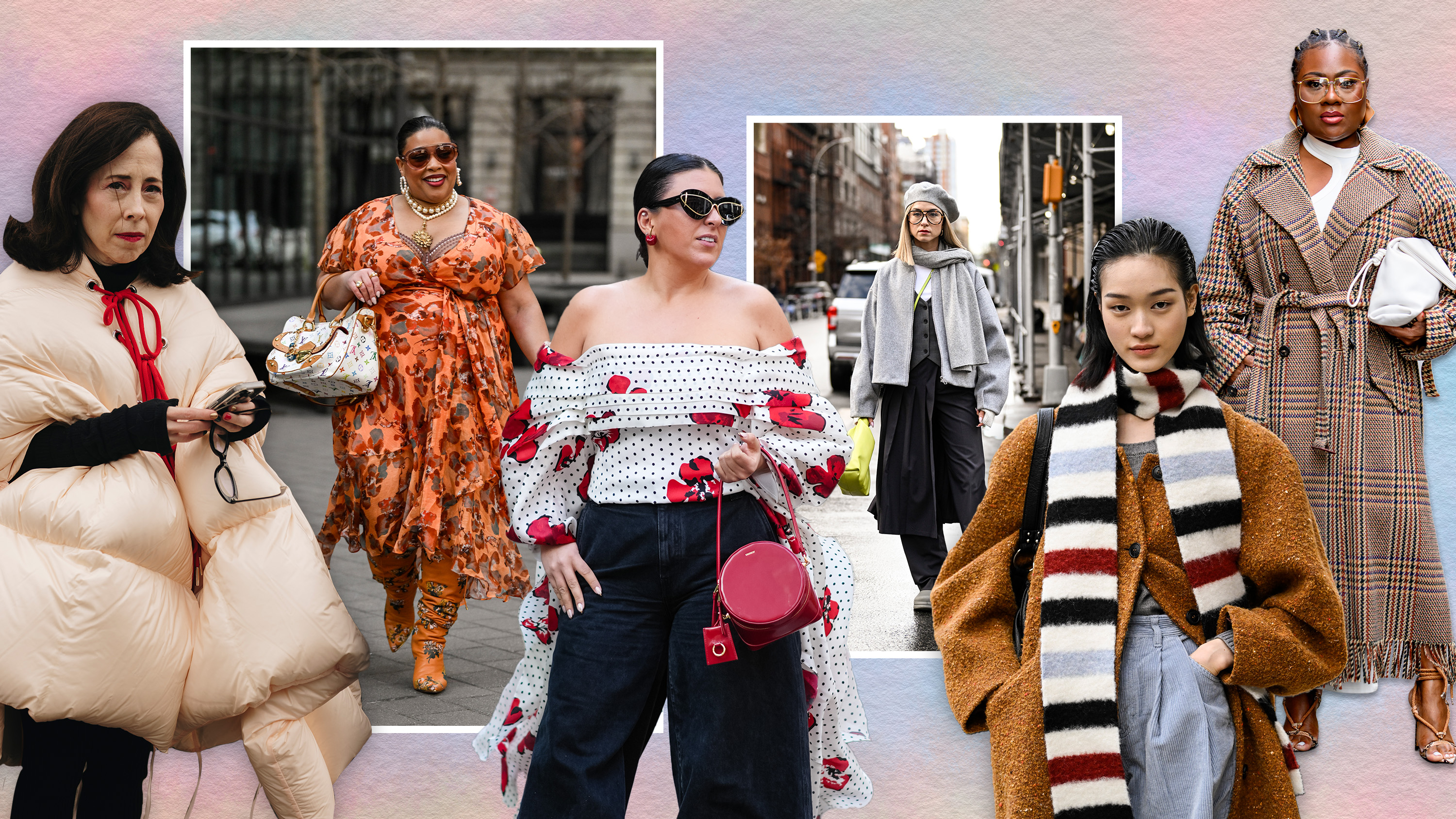
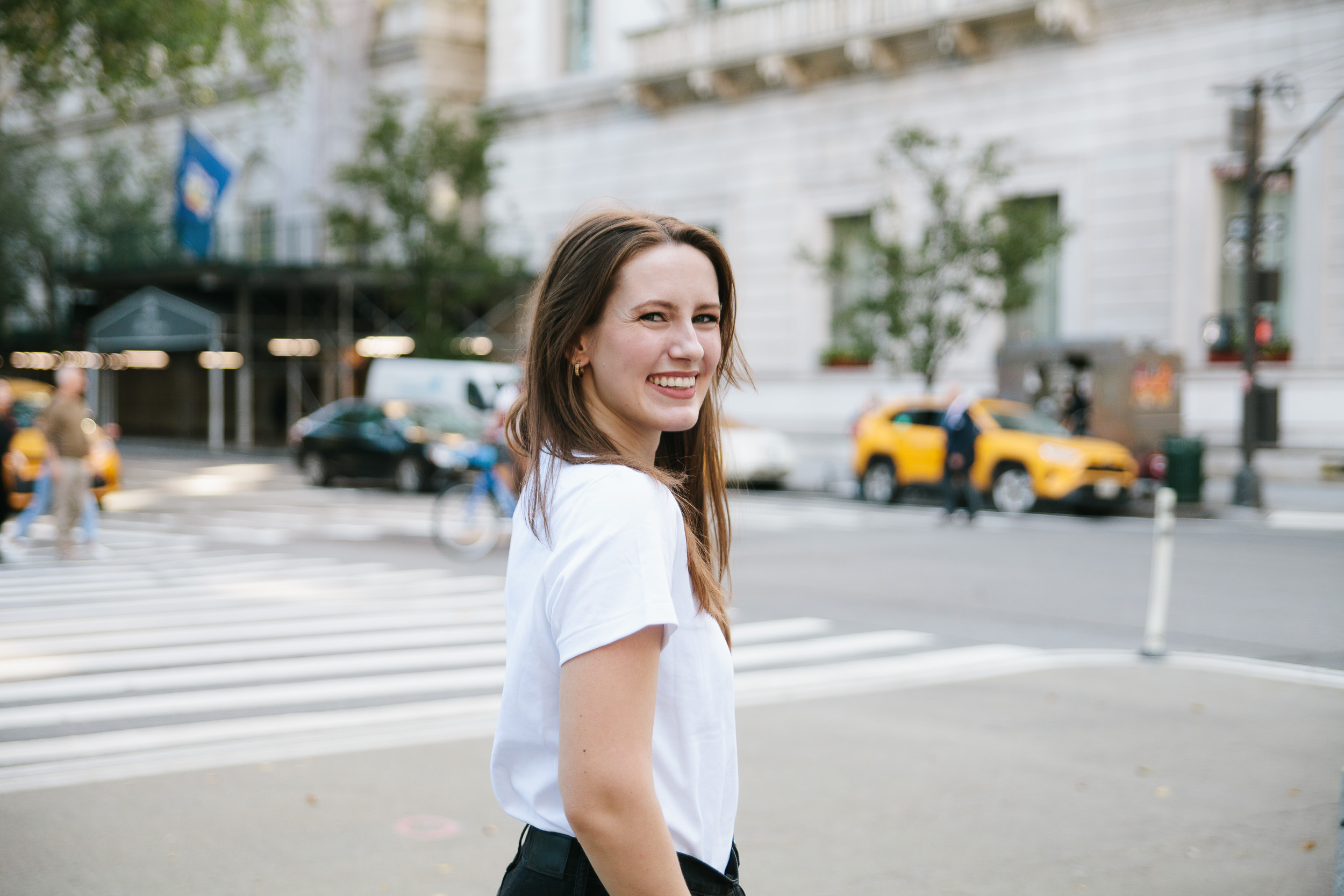
Olivia Galli, a photographer and influencer in New York City, has the sort of closet her nearly 200,000 TikTok followers would beg to borrow or steal from. Still, by the end of 2023, she’d fallen out of love with her wardrobe. Then came a new year, and a nearly three-month effort that made Galli enamored with her clothes all over again—especially the racks of vintage handed down from her grandmother. The twist? She didn’t have to buy a holy grail designer handbag or straight-off-the-runway trend to make her closet appealing again.
Galli is one of hundreds of people who have spent the past several weeks participating in the 75 Hard Style Challenge, a fashion riff on strict New Year’s fitness routines intended to kickstart a healthier lifestyle in 75 days. Created on TikTok by Mandy Lee, a Brooklyn-based trend forecaster and creative known by the handle @oldloserinbrooklyn, the 75 Hard Style Challenge starts with a commitment to quitting shopping cold turkey for nearly three months. Instead, participants work on developing their personal style by documenting every outfit they wear for 75 days, assembled with clothes they already own.
@oldloserinbrooklyn ♬ original sound - Mandy Lee
The 75 Hard Style Challenge was an unusual proposition on TikTok, a platform where users’ persuasive reviews cause items as varied as oversize Acne Studios checked wool scarves and flimsy satin Zara dresses to go viral and sell out. Its emphasis on true personal style—made with a combination of clothes only one person owns—contrasts the cut-and-paste aesthetic trends that lead to duplicate outfits and overwhelming "cores" all over social media.
Maybe it’s because TikTok has made fashion so homogenous that the challenge took off. The call to hit pause on spending resonated: More than 21,000 posts are tagged with #75hardstylechallenge on TikTok; 14,300 share the same tag on Instagram.
For those who tried participating in the first wave, which ended on March 15, it was like a personal style wake-up call.
@oliviajoan18 ♬ original sound - Olivia Joan
“Not only did this challenge allow me to fall back in love with my closet, but it has allowed me to be more mindful when it comes to shopping,” Galli says. A self-reported “impulse-shopper,” she noticed that the more she tried styling her own collection of hand-me-down coats and accessories from her grandmother, the less she wanted anything new. “I found that 95 percent of the time I would actually forget about the item of clothing I thought I could not live without,” she adds.
The 75 Hard Style Challenge framework wasn’t only about restriction, which may also explain its appeal. While holding off on new purchases for 75 days, participants also documented all the outfits they wore, made with pieces they already owned. “The point of the challenge is to get the most out of the clothes you already have and to become more confident when you’re getting dressed,” Lee explained in a kickoff video with more than 40,000 likes. (Lee was not available for comment.)
Stay In The Know
Get exclusive access to fashion and beauty trends, hot-off-the-press celebrity news, and more.
Marie Foxall, a Montreal-based artist, lasted almost the entire 75 days without a purchase; the things she did buy toward the end were staples to fill wardrobe holes she only found because of the challenge.
The exercise helped Foxall find a new community as she shared her outfits online, while helping her feel more inspired by the clothes she already owned. “It's easy to forget how much getting dressed in a fun outfit can significantly lift your mood,” she says.
A photo posted by stinglikeali on
Not everyone who attempted the challenge wanted to stick with it. Saanya Ali, the CEO of Soirée, a hosting and entertaining platform, had felt herself becoming “complacent” with her personal style before committing. She documented her looks for 32 days before taking a one-month break.
“I was getting dressed and making videos and doing the 'right' things, but it stopped being for the right reasons,” she explains. “Waking up early to make a video of myself getting dressed on the internet felt like more of a stressor or a chore than something that was creative, fun, and inspiring the way it was at the start.”
Ali’s trial to the near-halfway mark did impact how she views her style anyway. “The peace that I found in the new closet staples that felt like ‘me’ continued on, despite not recording every day,” she says.
Mary Grace Skully, head of marketing for social shopping platform Locker, sat out of the challenge altogether after initially considering it. She was interested in a framework that could help her experiment with what she already owns, but the hard-purge on spending turned her away. “As an avid shopper, being told ‘no, you can't buy something’ is only going to make me want to buy it more,” she says.
@oldloserinbrooklyn ♬ original sound - Mandy Lee
If style is truly individual, one viral framework was never going to work for everyone. Even those who tried it found that completing all 75 days wasn’t necessary to rediscover their wardrobes. Lee, who refers to herself as its “mother,” stopped posting about her TikTok child after day 34.
Mackenzie Newcomb, a writer and literary consultant, made it past the 70-day mark before caving to buy a white T-shirt and a striped sweater. Whether she intended to quit shopping or not, her existing wardrobe wasn’t sufficient for how her body had changed as a new mom.
“While I came slightly short of finishing it, I’m still proud of myself,” she says. “What I learned is that it’s a lot easier not to shop when you’re consistently telling yourself it’s ‘not for you.’ Once you start again, it’s difficult to stop.”

Halie LeSavage is the senior fashion and beauty news editor at Marie Claire, where she assigns, edits, and writes stories for both sections. Halie is an expert on runway trends, celebrity style, emerging fashion and beauty brands, and shopping (naturally). In over seven years as a professional journalist, Halie’s reporting has ranged from fashion week coverage spanning the Copenhagen, New York, Milan, and Paris markets, to profiles on industry insiders like celebrity stylist Molly Dickson, to breaking news stories on noteworthy brand collaborations and beauty product launches. (She can personally confirm that Bella Hadid’s Ôrebella perfume is worth the hype.) She has also written dozens of research-backed shopping guides to finding the best tote bags, ballet flats, and more. Most of all, Halie loves to explore what style trends—like the rise of emotional support accessories or TikTok’s 75 Hard Style Challenge—can say about culture writ large. She also justifies almost any purchase by saying it’s “for work.”
Halie has previously held writer and editor roles at Glamour, Morning Brew, and Harper’s Bazaar. She has been cited as a fashion and beauty expert in The Cut, CNN Underscored, and Reuters, among other outlets, and appears in newsletters like Selleb and Self Checkout to provide shopping recommendations. In 2022, she earned the Hearst Spotlight Award for excellence and innovation in fashion journalism. She holds a Bachelor’s Degree in English from Harvard College. Outside of work, Halie is passionate about books, baking, and her miniature Bernedoodle, Dolly. For a behind-the-scenes look at her reporting, you can follow Halie on Instagram and TikTok.
-
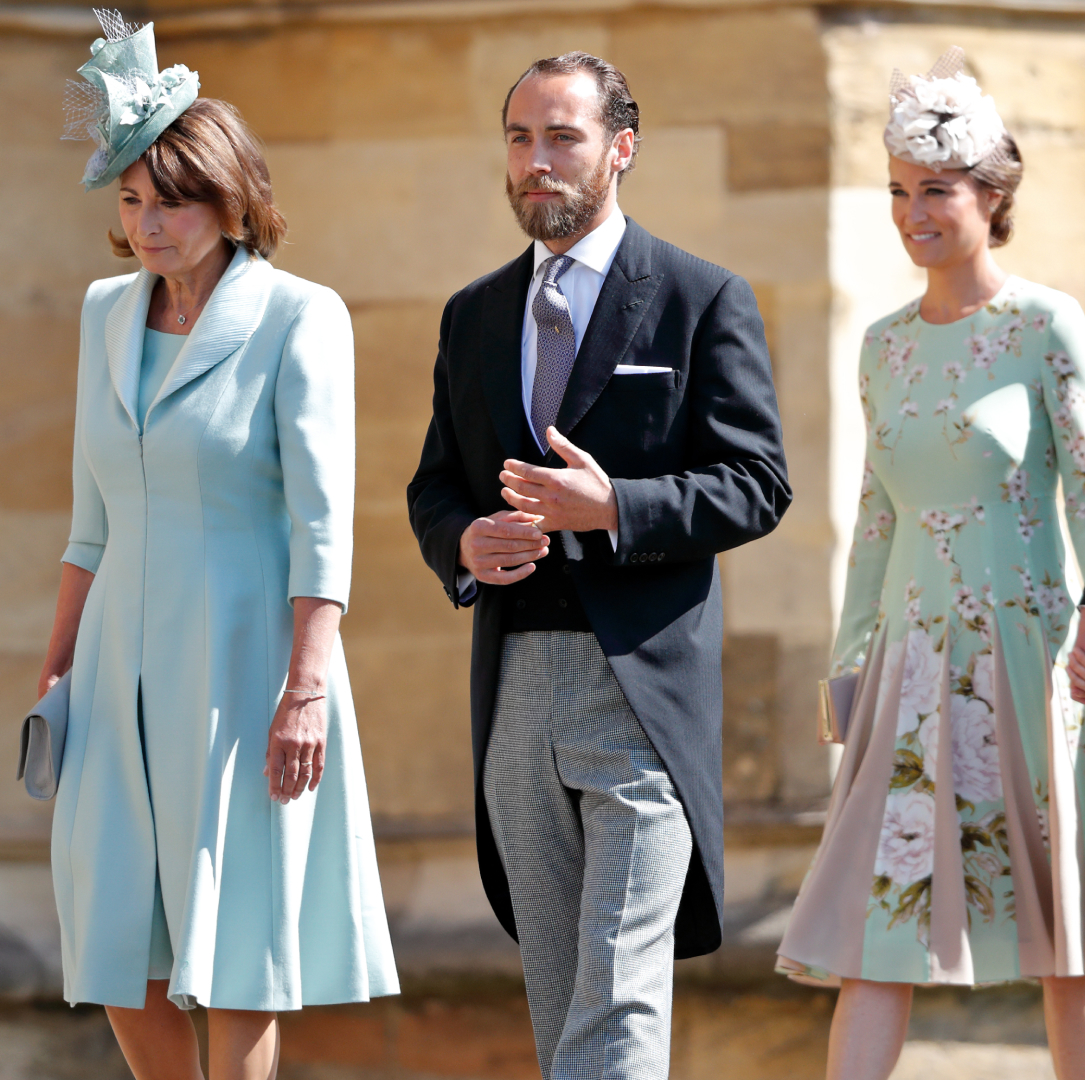 James Middleton Says He "Had 3 Mothers Growing Up" Thanks to Sisters Kate and Pippa
James Middleton Says He "Had 3 Mothers Growing Up" Thanks to Sisters Kate and Pippa"I'm now in my late 30s and we still have that friendship."
By Kristin Contino Published
-
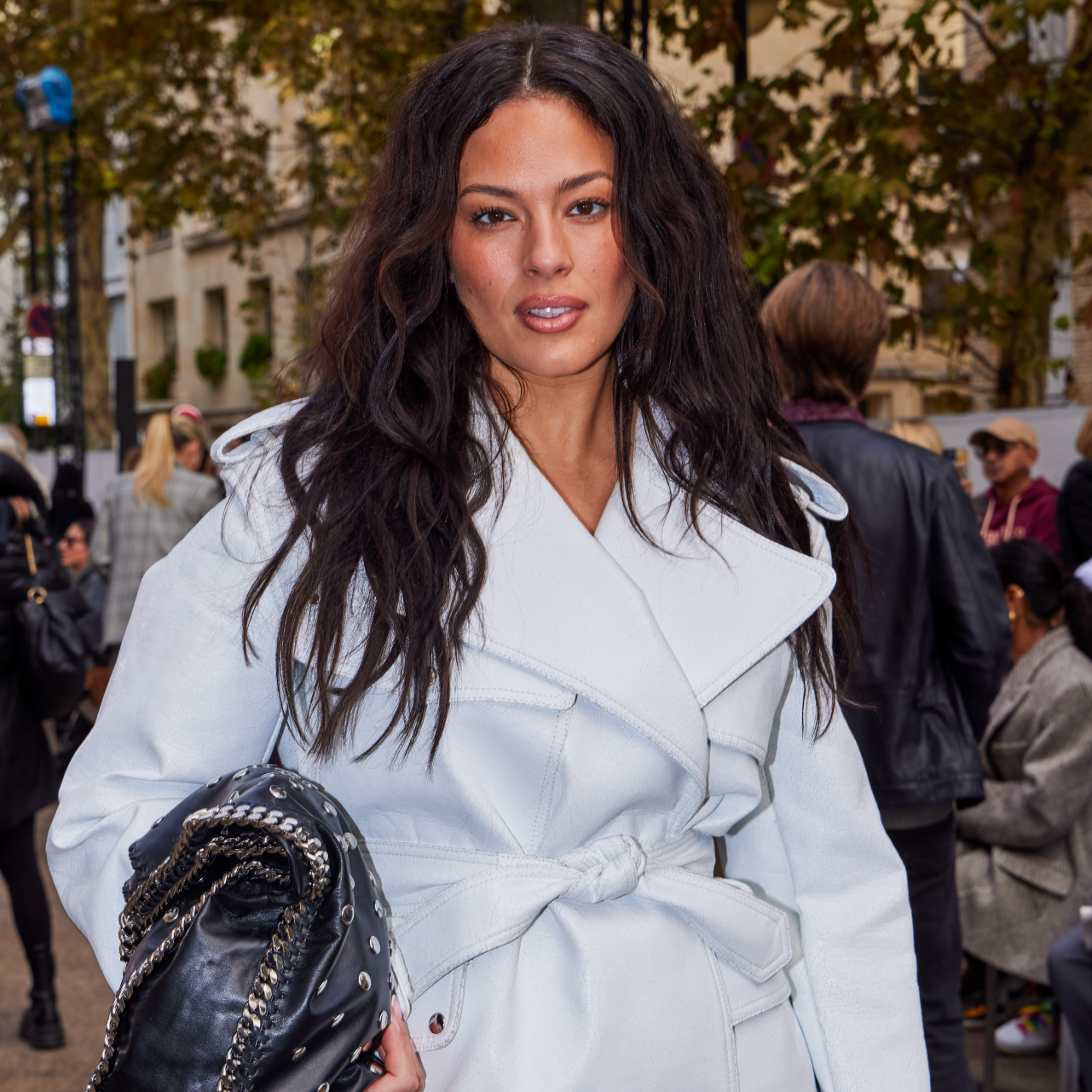 This Hot and Spicy Nail Look Is Ashley Graham's Secret to a Glowing Tan
This Hot and Spicy Nail Look Is Ashley Graham's Secret to a Glowing TanWarm weather glam, nailed.
By Ariel Baker Published
-
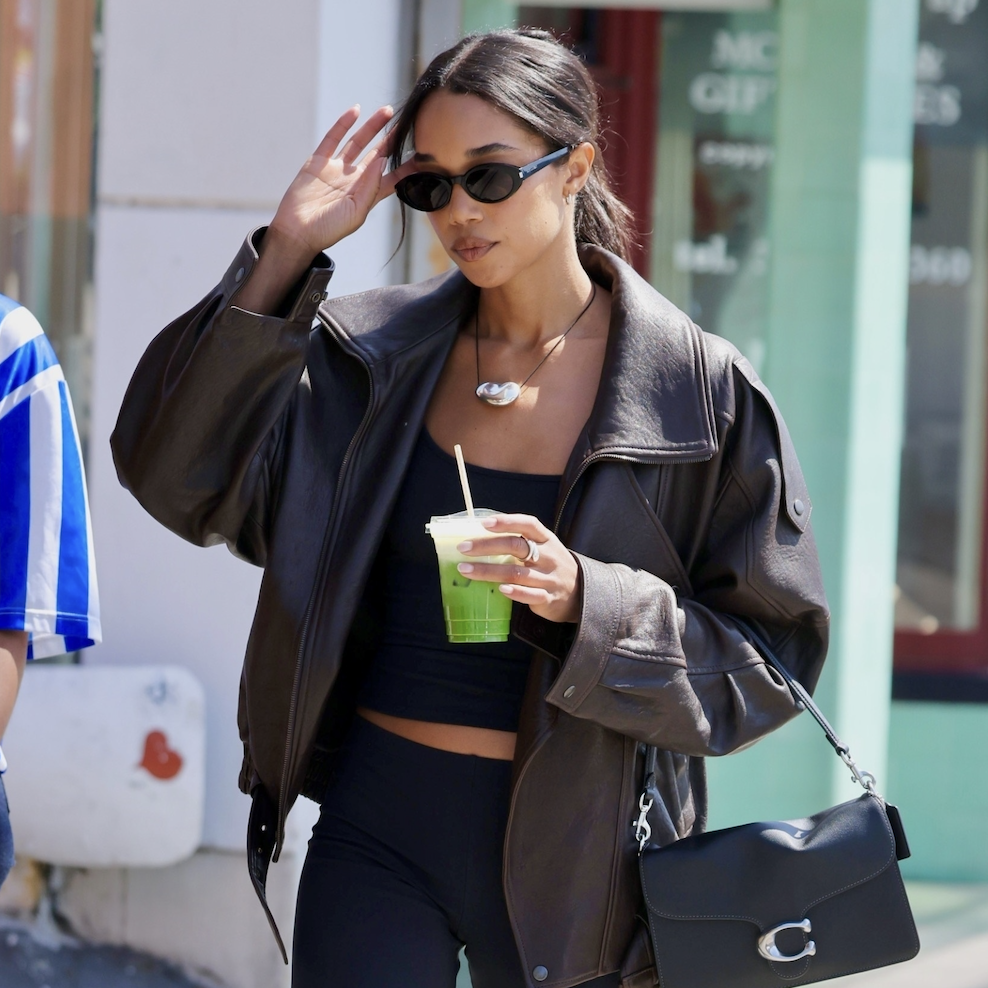 Coach's First Viral Bag Is Back in the Street Style Spotlight
Coach's First Viral Bag Is Back in the Street Style SpotlightLaura Harrier carried it back onto the radar.
By Kelsey Stiegman Published
-
 8 Women Over 60 Share Their Age-Defying Fashion Wisdom
8 Women Over 60 Share Their Age-Defying Fashion WisdomThese eight style icons prove that age-appropriate fashion is a myth.
By Emma Childs Published
-
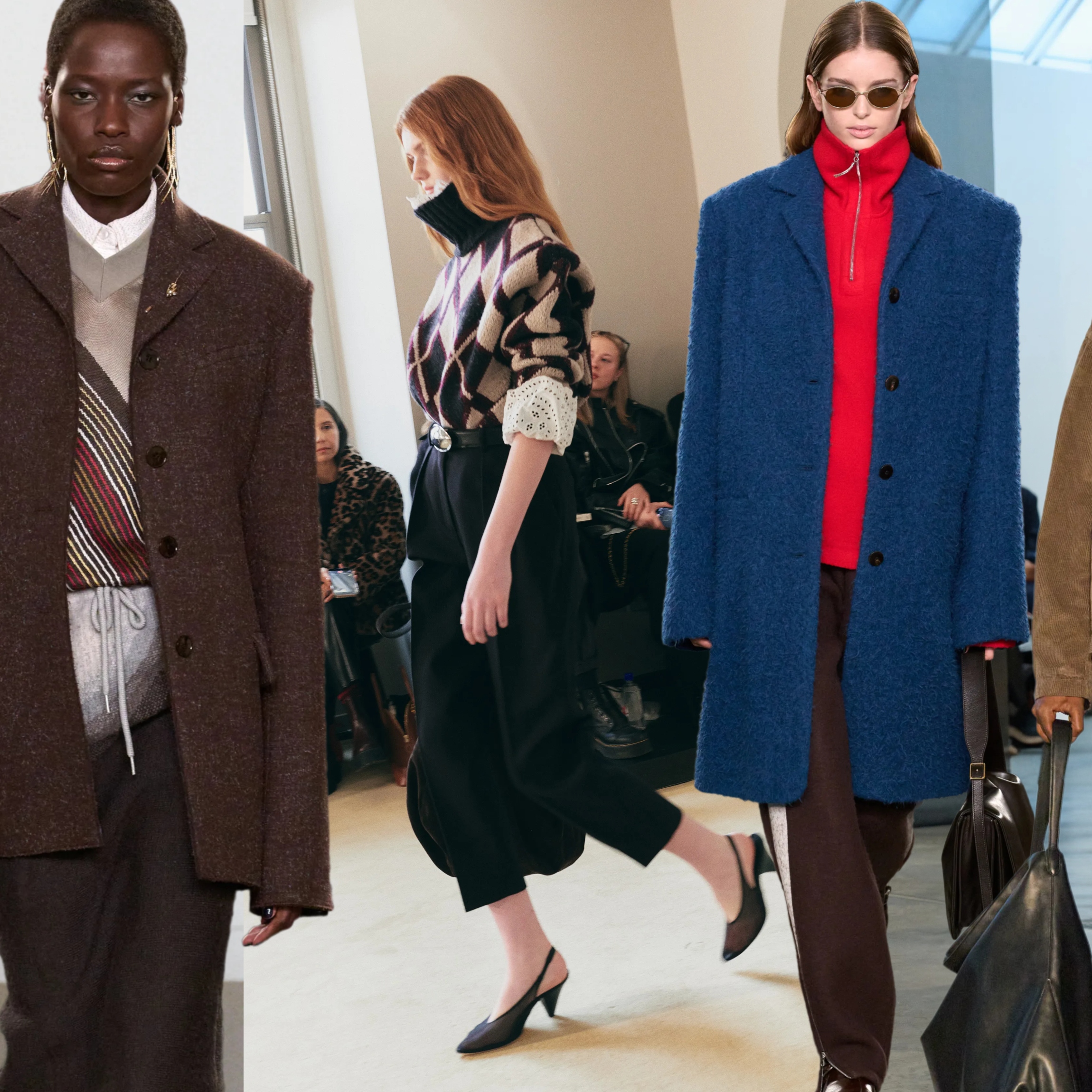 How I Decide What to Wear on the Weekends
How I Decide What to Wear on the WeekendsEmbracing a daily uniform isn’t about sacrificing style—it’s about cutting through decision fatigue.
By Sara Holzman Published
-
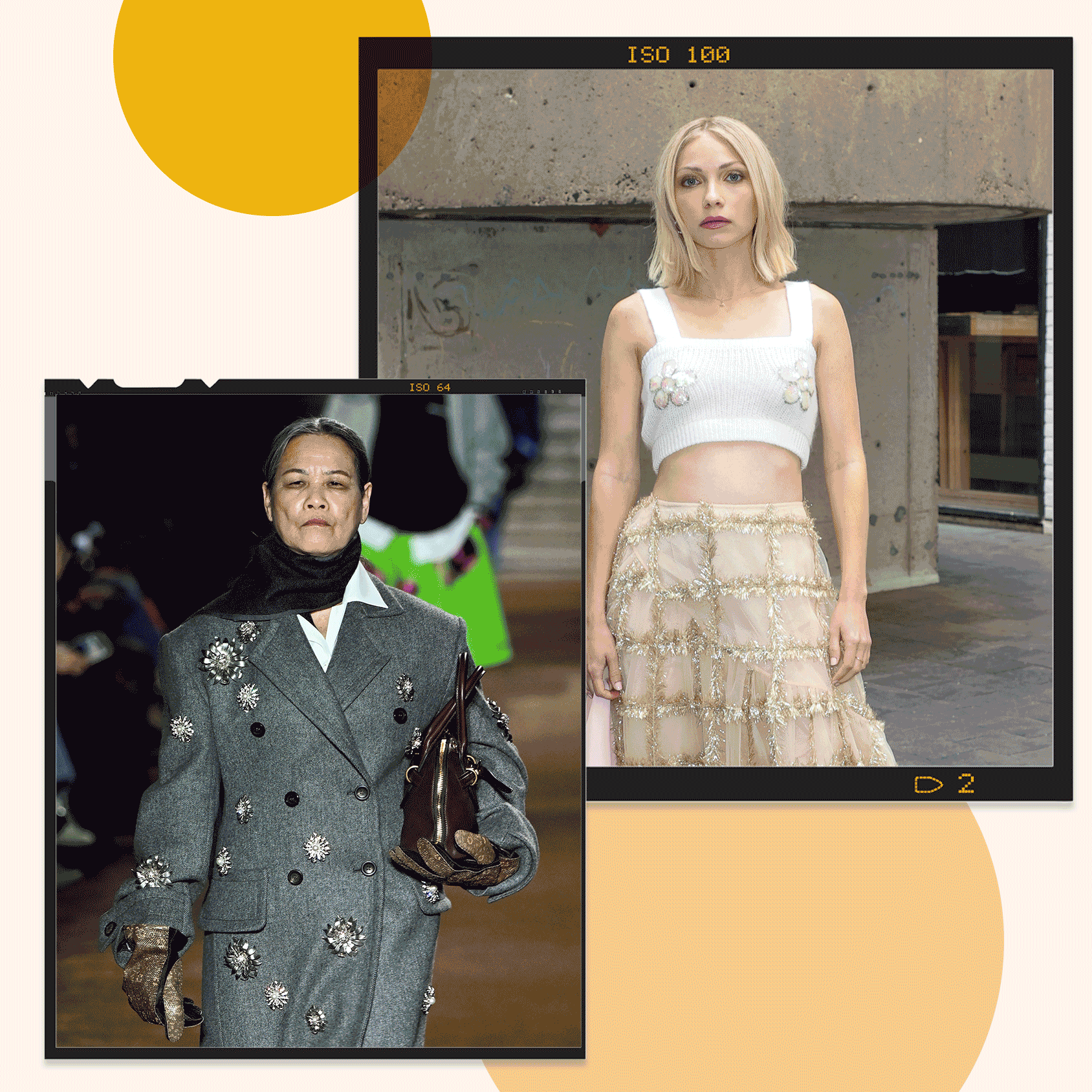 How Do You Find Your Personal Style?
How Do You Find Your Personal Style?From Gen Alpha to an almost-centenarian, we asked six stylish people to share how they discovered their formula for getting dressed.
By Emma Childs Published